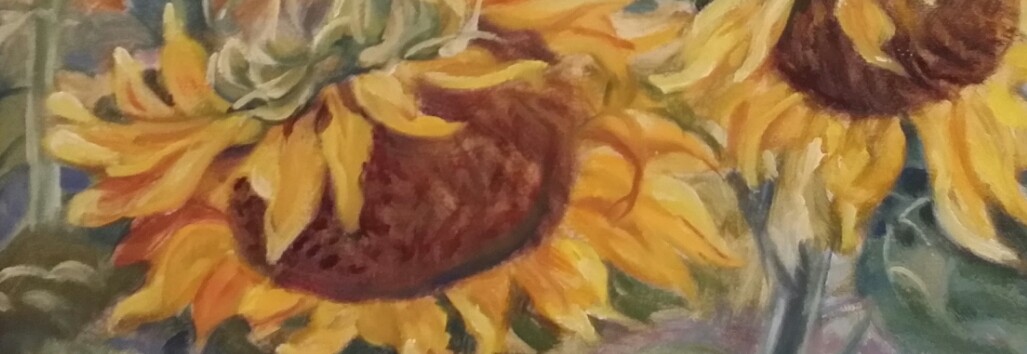Early one morning in March, before going to his advertising job at Simpson’s, my father, Ken, trudged the many blocks from my parents’ Charles Street apartment to the Art Gallery of Toronto [sic]. He was badly hampered in his downhill journey by the two large paintings he and my mother, Marie, were entering to be juried for the year’s prestigious O.S.A. [Ontario Society of Artists] exhibition. He made the trip on foot, partly because he could not afford the carfare and partly because the large pictures were too awkward to wrestle onto the streetcars.
In Toronto in the Thirties, a lack of gallery space, which could have enabled artists to exhibit individually, meant that the exhibition system was dominated by artist societies such as the O.S.A. and the R.C.A. During this period, and into the war years, in spite of their youth, (Ken was just 26, and Marie 27) my parents exhibited significant works almost every yearat the O.S.A. show, and also had paintings accepted at the R.C.A. Toronto shows in 1930, 1934 and 1935. Few of their classmates from the College of Art exhibited in the professional shows. As my mother recalled, since most of them did little work beyond their class assignments they had little to exhibit.
You could tell from the outside of the envelope whether or not it contained an acceptance, she recalled. And if the letter was a ‘yes’, it meant that there was the further excitement of attending an exhibition opening. As Art students, my parents generally attended the art gallery during the daytime, when they could study the exhibitions for free.
That year, my mother’s impressive, life-sized nude, the largest painting in the O.S.A. exhibition, was given pride of place on a wall of its own, while my father was represented by Miss Margot Guard, an elegant, somewhat smaller portrait of Marie’s beautiful younger sister in a white silk dress, with a black chiffon cape.
At an opening, they were confronted by a crush of dignitaries in formal dress. Some of the more experienced artist stationed themselves close to their pictures. Unfortunately my young parents were too reticent and unsophisticated to try promoting their work this way. The most they felt able to do was to station Ken’s excited brother Joe and Marie’s sister Margaret on either side of their pictures, to eavesdrop on the viewers’ conversations.
What mattered most to the couple was their painting. Surely if they continued to work and improve, in time they would meet with public success. Meanwhile, inspired by each other’s untiring efforts, they continued to study and paint.
The following year, Marie’s Upward was followed by Ken’s highly effective 1936 exhibition piece Votaress, a full-length painting of a nude kneeling, and holding grey drapery above her head. This time it would be his turn to have the distinction of being the largest picture of that year’s O.S.A. exhibition.
